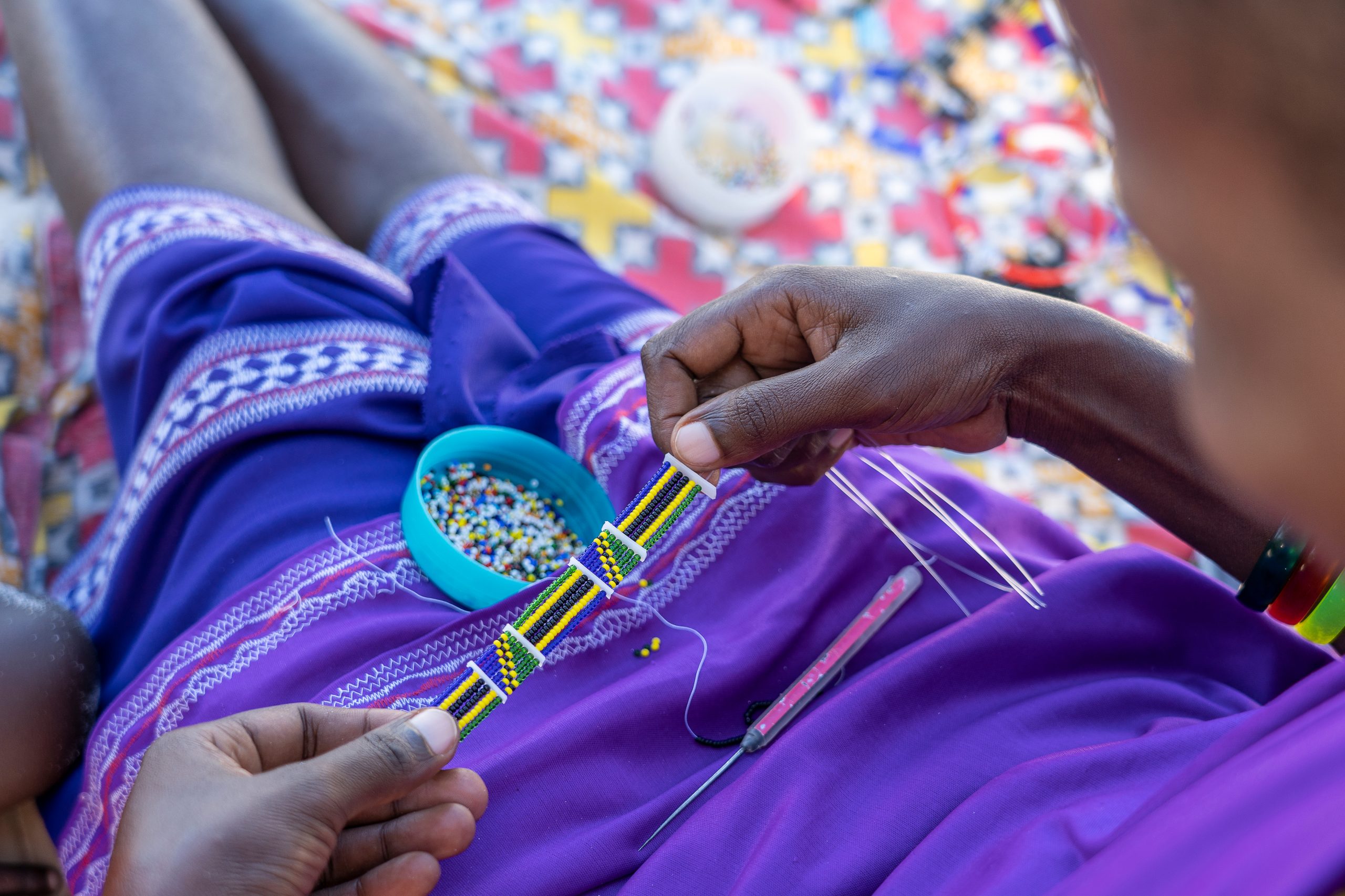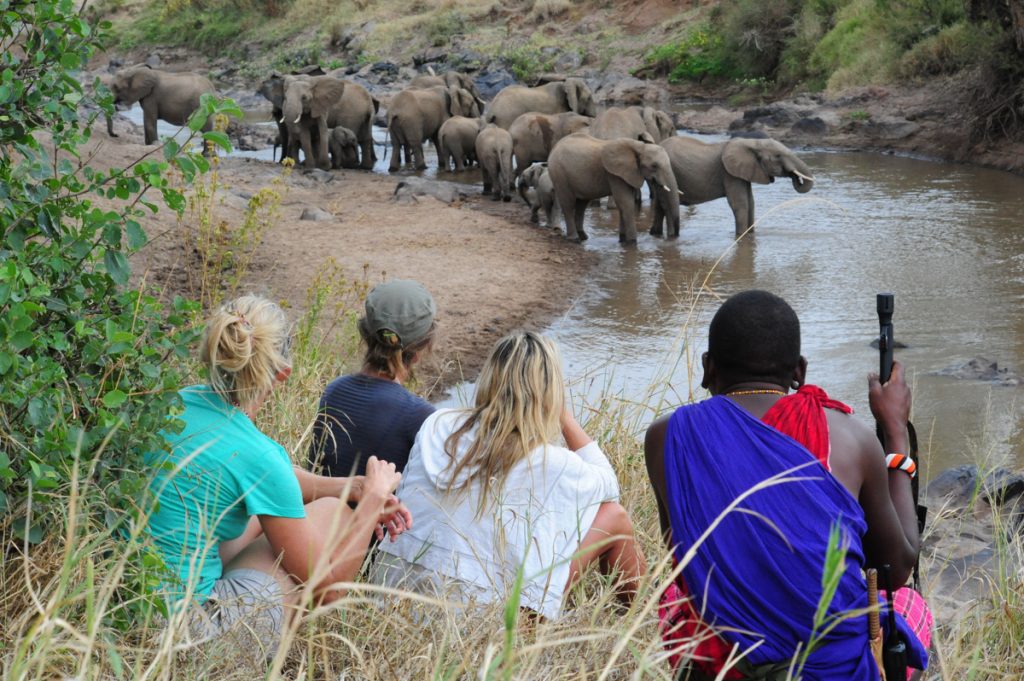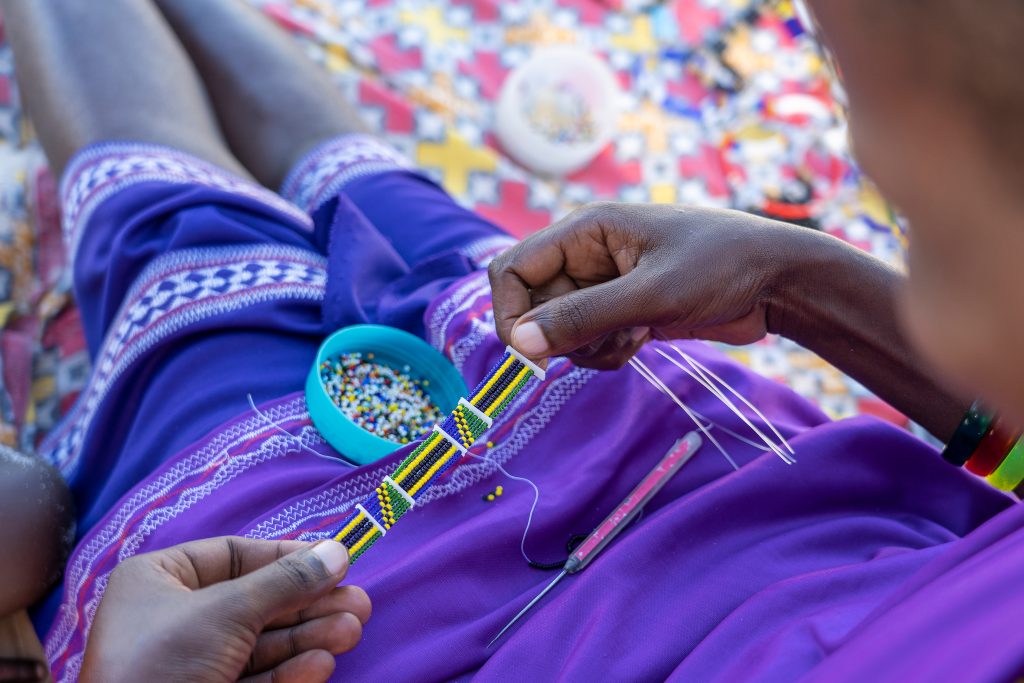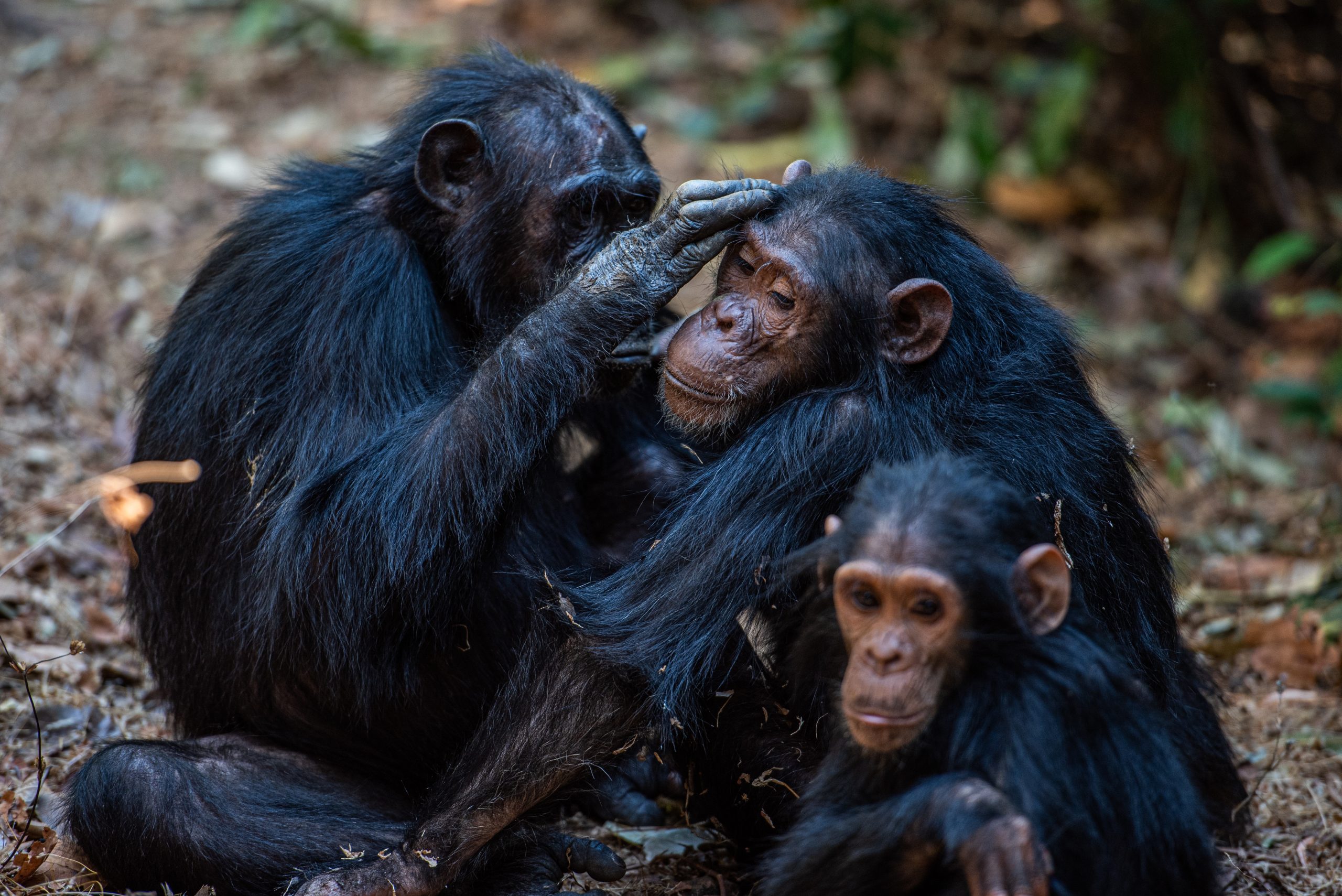
5 Ways to Make Your Safari More Sustainable
A safari is one of the most inforgettable travel experience in the world. But with that priviledge comes responsibility – how we choose to travel can either harm or help the very landscapes, wildlife, and communities that make Africa so special. The good news is that small, thoughtful choices can make your safari far more of a sustainable safari with a positive impact. .
Here are 5 ways to ensure your safari leaves a positive footprint:

1. Book a Conservancy Safari
Instead of only visiting national parks, consider spending part of your safari in a community conservancy.
These are areas of land set aside for wildlife, where local communities lease their land to tourism operators and conservation organisations. Your safari fees directly support both wildlife protection and community livlihoods – meaning that every game drive helps fund edication, healthcare, and infrastructure for local families. Conservancies also usually limit vehicle numbers, so you’ll enjoy a more intimate and less crowded safari expereince.
2. Get Out on Foot
A safari doesn’t always have to mean sitting in a vehicle.
Exploring on foot allows you to slow down and connect with the bush in a deeper way. Walking safaris let you notice the details often missed from the car – the tracks, birds, insects, plants, and the subtle sounds of the wild. Its a chance to see how everything is interconnected, while also reducing fuel use and emissions.
I love getting out on foot, walking with nature rather then just observing it is an incredible experience. We have a wonderful tour ‘Kenya’s Wild North’ in 2027 which has 3 days trail with camel support and luxury camping experience. Get in touch if you would like details.
3. Choose an Owner-Run or Community-Run Lodge
Where you stay matters.
By choosing owner-run or community-run lodges and camps rather than big internaitonal chains, your money goes directly to the families and teams on the ground. Many of Kenya’s best and most unique safari camps are family-owned, with deep roots in conservation and communtiy support. These lodges often employ locally, use sustainable practices, and reincest profits back into the land and wildlife around them.
4. Support Local Projects and Buy Direct
A sustainable safari doesn’t stop at the park gate. Visiting ommunity-led projects or women’s cooperatives provides you with authentic cultural experiences and ensures your spending makes a real difference. Buying handicrafts directly from artisans means that 100% of your money goes straight into the hands of the womena nd families who made them. If buying in shops, look for those that parner directly with community groups rather than mass-produced souvenirs. Its a wonderful way to bring home meaningful keepsakes and support livlihoods.

5. Bring Your Resuable Bottles
Bringing refillable water bottles and coffee mugs, avoiding single-use plastics, and packing eco-friendly toiletries helps reduce waste in fragile environments where recycling options are limmited . You can also offset your flights by contributing to reforestation or conservation projects. And remember: even on safari, leave no trace – whether you’re walking in the bush or picniking under an acacia tree, take everything back with you and leave the wild exactly as you found it.
We love supporting B-Corp companies and Ocean Bottle is one of my favourites. Every bottle or flask they sell funds the equivalent removal of 1,000 ocean-bound plastic bottles, in weight. A beautful bottle that goes to clearing our rivers, oceans and waterways.
A sustainable safari doesn’t mean giving up comfort or adventure – in fact, it often means a richer, more meaningful experience.
By supporting community conservancies, getting out on foot, staying at community-run lodges, investing in local projects, and travelling light, you’re helping to ensure that Africa’s wild spaces and wildlife thrive for generations to come.


